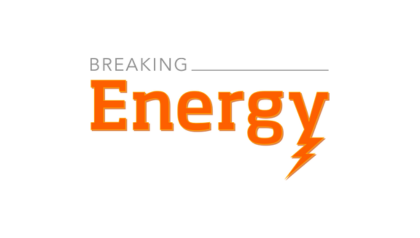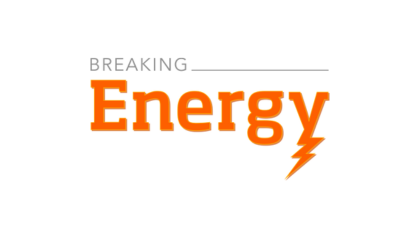
It is an urban myth that if the oil industry drilled more, gasoline prices would decrease. The myth relies on the premise that as more oil supplies are introduced, market forces would take over and domestic prices would fall. But it turns out that increasing domestic production has virtually no effect on gasoline prices.
The US already increased production. According to the Energy Information Administration (EIA), US oil production reached 310,403,000 barrels per month in October 1970 that became the historic peak. Ever since that time, production changed course and it has been in a steady decline. By 2005, production sank more than 50 percent to approximately 150,000,000 barrels per month. The bottom was reached in September 2008 when production sank to 119,477,000 barrels per month. Since then, for the first time since the 1980’s, monthly production changed direction and it has been trending upward. Last July, the US touched a new record of 196,405,000 barrels per month, a production level the US has not witnessed for over a decade.

Not only has domestic production been increasing, but refiners also had access to growing supplies of Canadian crude. According to EIA, in 2011, Canadian imports topped 2 million barrels per day for the first time.
Offsetting growing North American supplies has been a surprising decline in demand from consumers. Since July 2003 when consumption reached its last peak of 66,803,100 gallons per day, consumption has been in a steady decline. EIA reports that by January 2012, consumption fell more than 50 percent to 28,389,900 gallons per day.
There we have it. Year over year, domestic supplies have been increasing and demand has been decreasing. According to the drilling argument, gasoline prices should have fallen. They didn’t.
What’s going on?
It seems drilling proponents overlooked the nature of the fuel markets. They assumed the markets were limited to the US, and until recently, that was a reasonable assumption. But now, markets for US fuels have expanded to include other countries.
EIA data suggests that as US oil production increases, more gasoline, diesel and jet fuel are exported to other countries. So, it appears more drilling does not necessarily lead to lower gasoline prices; it leads to more exporting.
Some policymakers seem to overlook another aspect of the oil markets: Price spreads. When it comes to oil, two oil markets, not one, influence production and movement. The first is West Texas Intermediate (WTI), which is the reference market for domestic oil. The other is Brent, which is the market used to price oil for Europe, Africa and the Middle East.
Up until recently, WTI was the international benchmark and its prices were highly correlated with Brent. Price differences between the two markets were small, particularly when considering quality differences.

Markets changed in January 2011. For the first time in years, price differences between Brent and WTI split. Brent prices floated $10 to $20 per barrel higher than WTI prices and remained at higher levels.
Suddenly, US feedstock costs to produce gasoline, diesel and jet fuel fell 10 to 20 percent relative to other markets (see chart). This cost difference offered domestic refiners a significant competitive advantage in the world fuel markets.
Refiners responded and they began exporting more petroleum products to foreign consumers. In fact, EIA reported that for the first time since 1949, the US just became a net exporter of gasoline, diesel and other fuels; the US exports more petroleum products than it imports.
The exporting is so significant, that petroleum products are now the nation’s second largest export. According to the US Department of Commerce, petroleum products were $111.1 billion in 2011, up 60% from 2010.
Bloomberg reports the refining business is strong and the long-term prospects are favorable. As a result, refiners are expanding on the Gulf Coast and in the Midwest.
Some refineries are already connected to TransCanada’s Keystone Pipeline System. This controversial pipeline transports Canadian crude to multiple US destinations, which include large refineries in Illinois. This same pipeline is now being expanded to connect Canadian oil fields to Texas refineries.
The nation’s largest refinery is located in Port Arthur, Texas, near the terminus of Keystone XL Pipeline, Phase 3. It is called Motiva Port Arthur Refinery, it has revenues in excess of $20 billion per year and it is jointly owned by Saudi Aramco and Royal Dutch Shell.
Motiva just completed a multi-billion dollar expansion to increase refining capacity by 325,000 barrels per day. Their total capacity is now 600,000 barrels per day.
Motiva is not alone. Valero Energy also has a large refinery in Port Arthur. Like Motiva, Valero have been expanding throughput capacity. According to their website, the Valero Port Arthur Refinery now has throughput capacity of 310,000 barrels per day.

It appears more drilling and more pipelines from Canadian oil fields means more exports; not lower gasoline prices. The exporting is driven by the price spread between Brent and WTI. Secondarily, it is being driven by growing oil supplies, growing refining capacities and declining domestic demand.
At the time of publication, Glenn Williams had no position in any of the stocks mentioned.
